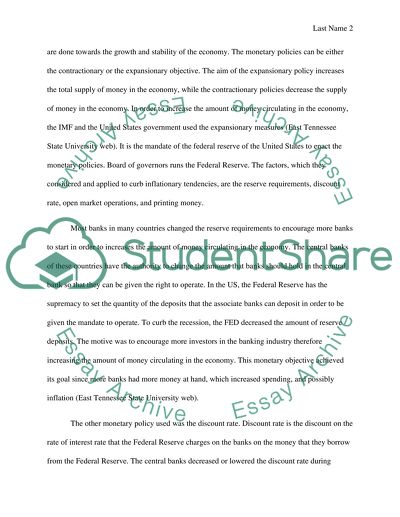Cite this document
(“How Monetary and Fiscal Policies were Implemented during the Recession Essay”, n.d.)
How Monetary and Fiscal Policies were Implemented during the Recession Essay. Retrieved from https://studentshare.org/macro-microeconomics/1450768-how-monetary-and-fiscal-policies-were-implemented
How Monetary and Fiscal Policies were Implemented during the Recession Essay. Retrieved from https://studentshare.org/macro-microeconomics/1450768-how-monetary-and-fiscal-policies-were-implemented
(How Monetary and Fiscal Policies Were Implemented During the Recession Essay)
How Monetary and Fiscal Policies Were Implemented During the Recession Essay. https://studentshare.org/macro-microeconomics/1450768-how-monetary-and-fiscal-policies-were-implemented.
How Monetary and Fiscal Policies Were Implemented During the Recession Essay. https://studentshare.org/macro-microeconomics/1450768-how-monetary-and-fiscal-policies-were-implemented.
“How Monetary and Fiscal Policies Were Implemented During the Recession Essay”, n.d. https://studentshare.org/macro-microeconomics/1450768-how-monetary-and-fiscal-policies-were-implemented.


